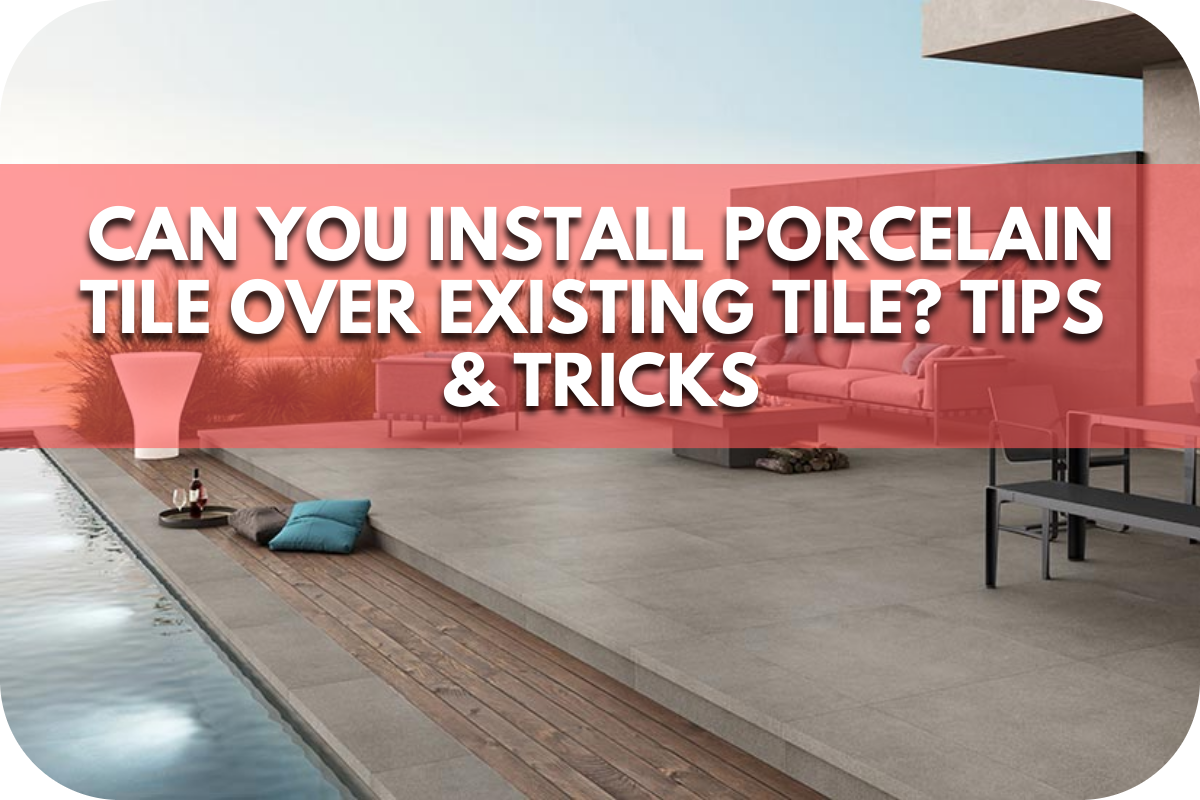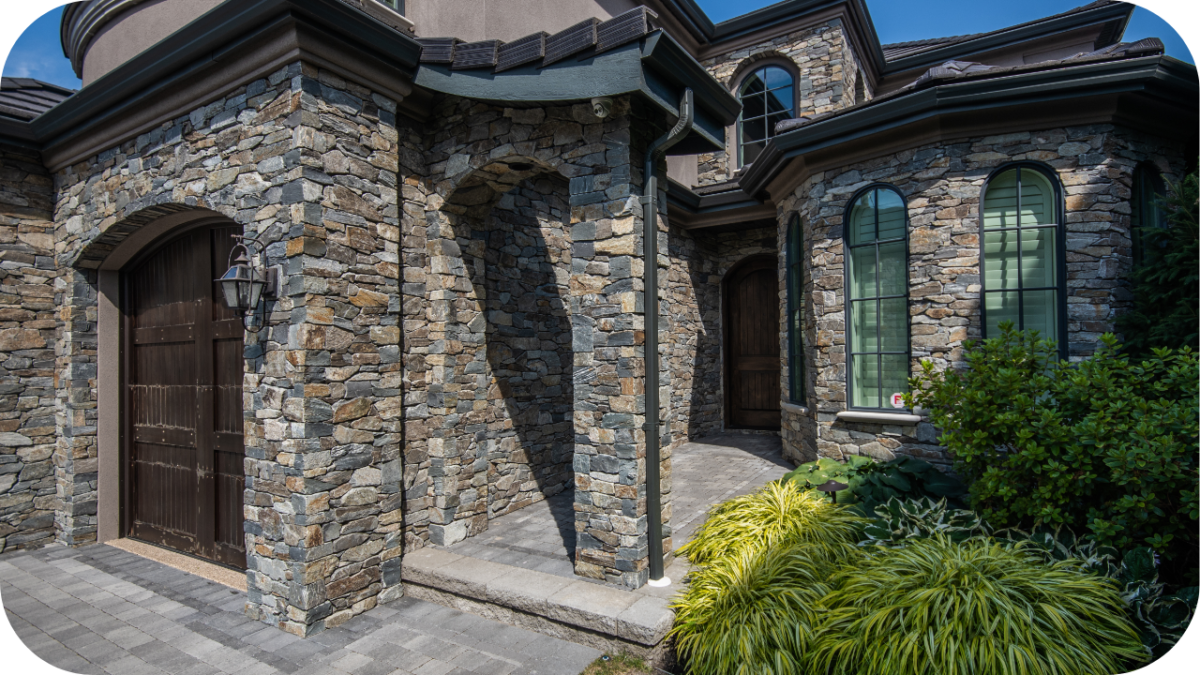Porcelain Tiles in Australia: Where to Buy the Best Quality at Affordable Prices?
If you are renovating or building a new home, porcelain tiles are the perfect wall and floor covering.
Finding high-quality porcelain tiles at affordable prices in Australia can be challenging.
With so many options available, it’s easy to feel overwhelmed and end up with tiles that don’t meet your expectations or budget. Poor-quality tiles can lead to frequent repairs and additional costs.
In this article, we’ll guide you through the best places to buy top-quality porcelain tiles at affordable prices in Australia, ensuring you get the best value for your money and beautiful, durable results for your home.
What Makes Porcelain Tiles Unique?
Due to several unique characteristics, porcelain tiles stand out in the flooring and wall coverings world.
Firstly, they are crafted from a fine-grained clay called kaolin, which, when fired at extremely high temperatures (over 1,200 degrees Celsius), creates a dense, vitrified material. This high firing temperature results in a hard and durable tile with a low porosity, making it resistant to water and stains.
One of the critical attributes of porcelain tiles is their remarkable durability. Their dense composition allows them to withstand heavy foot traffic and resist chipping and cracking, making them ideal for indoor and outdoor applications.
Moreover, porcelain tiles are renowned for their water resistance. The low water absorption rate makes them perfect for moisture-prone areas, such as bathrooms, kitchens, and outdoor patios.
Porcelain tiles also offer aesthetic versatility. They can mimic the look of natural stones, wood, and even concrete, providing homeowners with a wide range of design options. The tiles come in various finishes, including glossy, matte, and textured, catering to different stylistic and functional needs.
Additionally, porcelain tiles contribute to healthier indoor environments. Their moisture resistance prevents the growth of mould, mildew, and bacteria, which is particularly beneficial in kitchens and bathrooms.
This hygienic quality, combined with ease of maintenance, makes porcelain tiles a practical choice for modern homes.
Benefits of Using Porcelain Tiles
Porcelain tiles are an excellent choice for residential and commercial spaces, offering a range of benefits that make them highly desirable. Here’s why porcelain tiles are a smart investment:
Durability
Porcelain tiles are fired at extremely high temperatures, making them harder and denser than standard ceramic tiles. This results in a robust surface that can withstand heavy foot traffic and resist chipping and cracking, making them ideal for high-traffic areas like kitchens and hallways.
Water and Stain Resistance
With a water absorption rate of less than 0.5%, porcelain tiles are highly resistant to moisture and stains. This makes them perfect for bathrooms, kitchens, and outdoor areas where water exposure is frequent.
Their non-porous nature also prevents the growth of mould and mildew, contributing to a healthier living environment.
Low Maintenance
Porcelain tiles are straightforward to clean and maintain. Regular sweeping and occasional mopping with water is usually sufficient to keep them looking new. They also resist most household chemicals, allowing for thorough cleaning without damage.
Design Versatility
One of the standout features of porcelain tiles is their ability to mimic the appearance of other materials, such as natural stone, wood, or even concrete. This versatility allows homeowners to achieve the desired aesthetic without compromising on porcelain’s practical benefits.
Fire Resistance
Porcelain tiles do not burn or emit toxic fumes, making them a safe choice for areas prone to high temperatures, such as kitchens.
Longevity
High-quality porcelain tiles can last for decades, making them a cost-effective option in the long run. Their durability ensures they remain in good condition with minimal maintenance, providing excellent value for money.
Factors to Consider When Buying Porcelain Tiles
When purchasing porcelain tiles, several crucial factors should guide your decision to ensure you choose the best option for your needs:
- Tile Size and Shape: Porcelain tiles come in various sizes and shapes. Larger tiles can create a seamless look and reduce grout lines, while smaller tiles are ideal for intricate patterns or smaller spaces. Consider the room’s dimensions and layout when selecting.
- Durability and PEI Rating: Porcelain tiles are rated for durability using the Porcelain Enamel Institute (PEI) scale. Choose tiles with a higher PEI rating (IV or V) for high-traffic areas to ensure they can withstand heavy use without wear.
- Water Absorption Rate: The effectiveness of porcelain tiles in wet environments depends on their water absorption rate. Opt for tiles with a low absorption rate (less than 0.5%) for moisture-prone areas, such as bathrooms and kitchens.
- Finish and Texture: Porcelain tiles are available in various finishes, including matte, gloss, and texture. Glossy finishes are easier to clean but slippery when wet, while matte or textured tiles provide better traction.
- Colour and Pattern: Consider the aesthetic impact of the tile’s colour and pattern on your space. Lighter colours can make small rooms appear larger, while darker shades add warmth and depth. Patterns can enhance visual interest or mimic natural materials like stone or wood.
- Cost and Quality: While price is a factor, balance cost with quality. Higher-priced tiles often offer better durability and design options. Assess the cost per square metre and compare it with the tile’s quality and features.
Read more about the factors to consider when or before buying tiles.
Top Places to Buy Porcelain Tiles in Australia
For those seeking high-quality porcelain tiles at competitive prices, consider these top Australian suppliers:
- Splendour in Stone
Splendour in Stone is a premier choice for luxury porcelain tiles. They offer a wide range of high-end tiles with unique textures and designs, perfect for adding elegance to any space. Known for their superior quality and expert customer service, they provide contemporary and classic options to suit various styles and preferences. - Bunnings Warehouse
Bunnings Warehouse offers an extensive selection of porcelain tiles at affordable prices. Their inventory includes various styles and sizes, catering to different project needs. With numerous locations across Australia and a comprehensive online store, Bunnings makes it easy to find tiles that fit your budget and design requirements. - Tile Factory Outlet
Tile Factory Outlet provides a diverse range of porcelain tiles at competitive prices. They offer discontinued lines and current collections, allowing you to find high-quality tiles at discounted rates. Their website features a wide selection of styles and sizes, making finding the right fit for your project easy.
Tips for Getting the Best Deals
Securing the best deals on porcelain tiles in Australia requires strategic shopping and awareness of various discount opportunities. Here are some valuable tips to help you get the most value for your money:
- Shop Around and Compare Prices: Take the time to shop around and compare prices from different retailers. Online price comparison tools can help you find the best deals, but visiting stores in person can also reveal unadvertised discounts. By comparing prices, you can ensure you get the best value for your money.
- Bulk Purchasing Discounts: Buying in bulk can lead to significant savings. Many suppliers offer discounts for large orders, making it a cost-effective option for tiling a large area or multiple rooms. Always inquire about bulk pricing, as the savings can be substantial compared to purchasing tiles individually.
- End-of-Line Sales: End-of-line sales are an excellent opportunity to buy high-quality porcelain tiles at reduced prices. Retailers often clear out discontinued lines to make way for new stock, offering these tiles at a fraction of their original cost. Keep an eye on your preferred tile suppliers for these sales, which can provide excellent bargains.
- Negotiating with Suppliers: Be bold and deal with suppliers, especially if you’re making a large purchase. Many suppliers are willing to offer discounts or price matches to secure your business. Building a good relationship with suppliers can also lead to future discounts and preferential treatment.
- Sign Up for Newsletters and Alerts: Subscribe to newsletters from tile retailers and suppliers to stay informed about upcoming sales, promotions, and exclusive discounts. Many retailers offer first-time subscriber discounts or special deals to their mailing list, ensuring you’re among the first to know about savings opportunities.
- Utilise Social Media and Forums: Follow tile retailers on social media and join home improvement forums. These platforms often share sales announcements, discount codes, and user reviews, providing valuable insights and additional savings opportunities.
Conclusion
Australia offers a wealth of options for high-quality, affordable porcelain tiles. Suppliers like Splendour in Stone and Bunnings Warehouse provide excellent choices, whether you seek luxury or budget-friendly choices. Explore their websites to find the perfect tiles for your project and elevate your space with style and durability.






